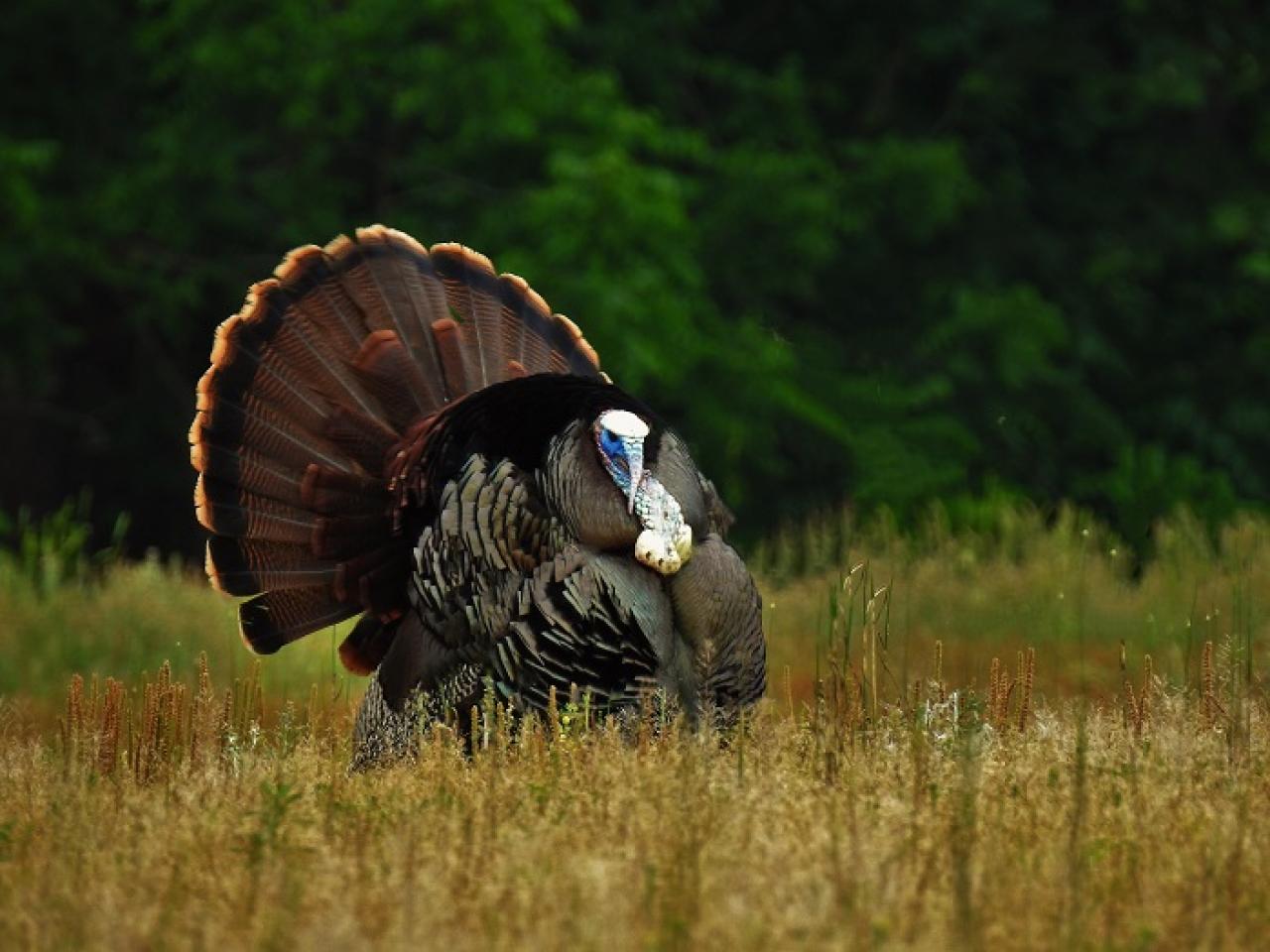
Spring is here! The birds are chirping, owls are hooting, and best of all - wild turkeys are gobbling. With the season just a few weeks away, we have put together a few tips from Fish & Hunt Maryland that just might get you that gobbling tom.
Must Know:
The season runs from April 18 - May 23, and Youth Days are April 16 statewide and April 17 in select counties.
The bag limit is one bearded turkey per day and two bearded turkeys per season.
Written permission is required when hunting on private property unless the owner or lessee is in the hunting party.
The state provides thousands of acres of public land located in all counties that can be used for hunting, fishing, camping, and other outdoor activities. Click here to learn more about Maryland's public lands, season dates, bag limits, check-in requirements, and other regulations.
Safety:
Like any hunting or fishing activity, safety is first. It is especially important when hunting turkeys. Hunters rely on the response and interaction with their decoys and calls. Be sure you are in fact pursuing turkeys rather than another hunter. Be sure of your target and follow all firearm safety regulations and recommendations. Never wear red, white, blue, or black that may be mistaken for the colors of a wild turkey gobbler. One careless or unsafe act could be life-altering. The goal of getting out each season is to have fun, but most importantly to be safe.
When & Where to Start:
There is no best time to start scouting. Yet, like most planning, we suggest the sooner the better! Now that March is here, let’s think green. Fields, food plots, logging roads, and creek bottoms draw in hungry birds. Thankfully, Maryland is full of diverse ecosystems and terrain. We suggest you use this to your advantage when in the area and focus on flats, knobs, and plateaus as hunting grounds. Use the transition from tall pines where turkeys like to roost to the open hardwoods where they can spot predators at a safe distance whilst the hens can see the toms strut.
Locating Birds and Setting Up:
Remember, turkeys roost in trees. This gives them an advantage in the darkness of the morning. Try to get set up roughly two to three hundred yards away from where you might think the turkey is located. If hunting open areas, decoys can be used effectively. A frequent mistake made by hunters is placing decoys in a line coming from the direction the turkeys are approaching. This puts you in their direct line of sight. Instead, make a triangle by placing yourself at one corner, your decoys at another point, and the direction of the birds at the last point. For safety, never hide directly behind your decoys or use them to stalk closer to birds. Keep decoys out-of-sight until you are at a safe location with good visibility.
Gear:
While you can wear pretty much whatever camouflage pattern you choose, we recommend covering as much of your body as possible. Gloves, turkey hunting vest with lots of pockets, a hat with a brim to hide your eyes, a mask, and maybe some face paint.
On TV, you often see hunters use a crow call, an owl call, and/or a coyote call for locating birds. They also use a box call, a friction call, and a mouth call. Truth is, you really only need one locator call and one hen call.
Two Highlighted Places to Hunt:
Pocomoke State Forest hosts large areas of loblolly pine, mixed pine-hardwood, bottomland hardwood, bald-cypress forests, and cypress swamps that border the Pocomoke River. The property also has tributaries and several marshes. With six trails containing various tracks and loops, it is easy to turn your hunting trip into a family affair as they enjoy a variety of recreational activities. Fishing and canoeing along the river and hiking and mountain biking are a must.
Billmeyer Wildlife Management Area is situated within the Ridge and Valley Physiographic Province, which is characterized by steep slopes. Elevations range from 800 feet in the hollow along Terrapin Run to a high of 1,200 feet along the ridge tops. The property is dominated by mixed oak forest with a few patches of conifers, mostly Virginia pine, with about 25 acres in fields or small wildlife openings. Turkeys are abundant here.
Get Out There:
Ready to try your hand at turkey hunting? Be sure to visit the Maryland Department of Natural Resources’ website for more information on rules/regulations and licenses. For information on lodging options, hunting guides and outfitters, outdoor retailers and shooting ranges, visit the Planning Resources section on our website. And, if you’re up for a quick getaway, be sure to check out Visit Maryland’s deals page featuring Spring deals and packages.